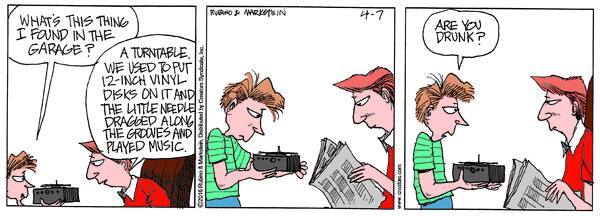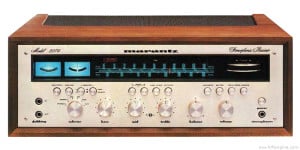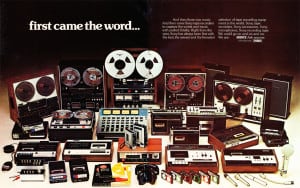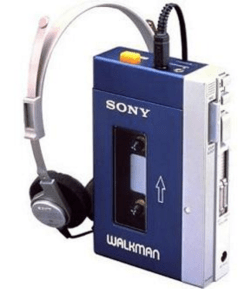 Some of us may have actually had an encounter like this. In an age where music magically appears on a smart device, it’s hard for some youngsters to believe that, once upon a time, we spent our money on expensive electronics that used a revolving flat plastic disc to render our favorite songs.
Some of us may have actually had an encounter like this. In an age where music magically appears on a smart device, it’s hard for some youngsters to believe that, once upon a time, we spent our money on expensive electronics that used a revolving flat plastic disc to render our favorite songs.

If your experience was like many in the Keener generation, you probably started out with a portable record player, perhaps graduated to an integrated stereo system where all the components were in one box and then moved up to a component arrangement that was worth more than the car you drove. Names like Marantz, The Fisher, Sansui & McIntosh (not the computer) were coveted brands. Often times, we’d put together a receiver, tape deck, turntable and speakers that were each made by different companies. And the bigger the better! How cool you were sometimes paralleled the size of your speaker cabinets and whether or not you had one of those way cool reel to reel tape decks.

Mix tapes were carefully crafted back then, created from a thoughtful review of our collection of 33 1/3 albums and the 45 rpm singles we bought at Harmony House after consulting the latest WKNR Music Guide. In the car, we might have sprung for electronics from Micky Shorr’s or Michigan Mobile Radio to replace the AM-only receivers with the pristine sounds of FM. Some of the more adventurous among us might even have added reverb units to simulate stereo sound with the often static prone AM signals that were the mainstay of our youth. Along the evolutionary way, 8 track tapes had a brief vogue. Even though they played at only 1 7/8 inches per second, versus the 7 1/2 ips format that was the broadcast standard, we put up with the artifacts, just to be able to listen to our favorite albums on the road.

As the Keener era came to a close, cassettes had come to the fore and it was only a matter of time until the machines that played them became convenient handheld devices, a precursor to today’s iPods and smart phones. Most of us also owned one cassette recorder that was attached to our stereo stack. Mix tapes became more than just a way to listen to our favorite tunes. They could also be love letters. How many of us created mix tapes for our significant others in the hope of deepening the relationship? As John Cusack’s character in the film High Fidelity put it, “The making of a good compilation tape is a very subtle art. Many do’s and don’ts. First of all you’re using someone else’s poetry to express how you feel. This is a delicate thing.”
Perhaps Rob Sheffield, writing in Love Is a Mix Tape said it best. “The times you lived through, the people you shared those times with — nothing brings it all to life like an old mix tape. It does a better job of storing up memories than actual brain tissue can do. Every mix tape tells a story. Put them together, and they can add up to the story of a life.”

